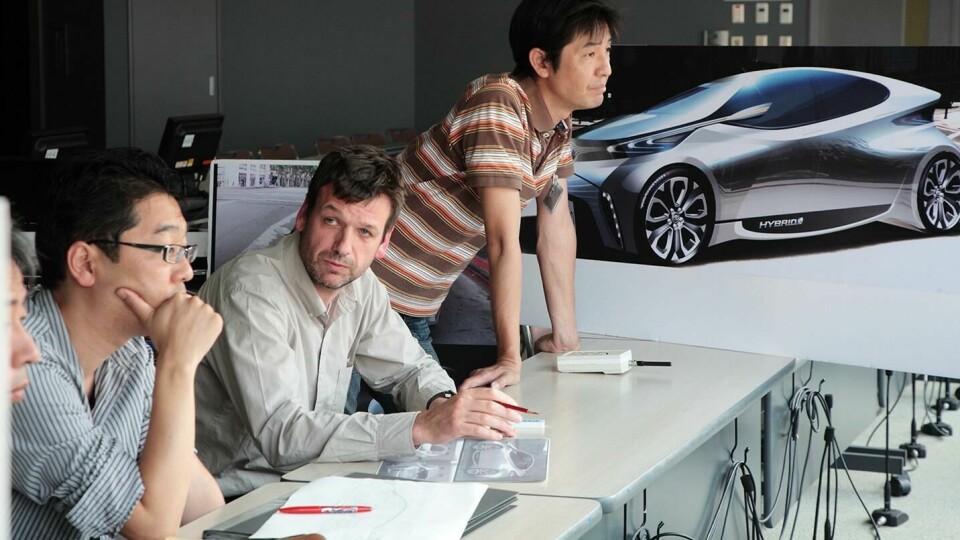
Designer profile: Simon Humphries, head of design, Toyota
Two years in at the top job, Car Design News chats to exclusively to Simon Humphries
Quietly-spoken Brit Simon Humphries has been in charge of the look, feel and function of circa ten million new cars a year at Toyota and Lexus for the last two years. Effectively taking the top job from Tokuo Fukuichi in January 2018, the Chester-born 52-year old now has arguably one of the toughest jobs in car design and at a time of massive change, as evidenced by the 14 or so diverse concept vehicles Toyota unveiled at late 2019’s Tokyo Motor Show, from robots to electric delivery pods and people movers.
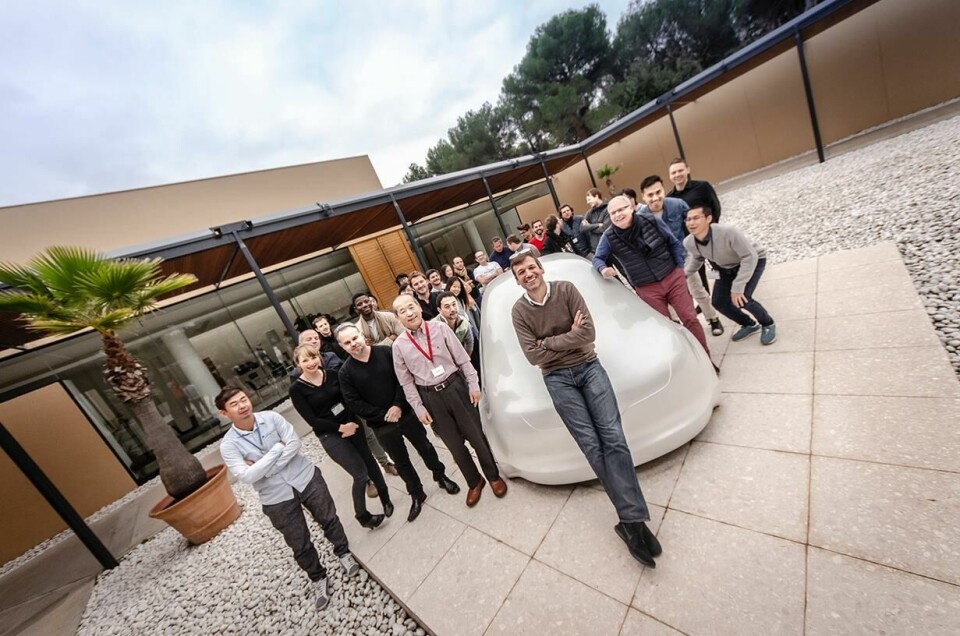
Humphries studied industrial design at (what is now) De Montfort University in Leicester in the late 80s. While there he won the Royal Society of Arts Bursary sponsored by Sony and which included an inspirational stint working for that firm in Tokyo in 1988. Although he started his professional career at David Carter Associates in Warwickshire, England – working as a product designer on everything from London Underground tube trains to hospital beds – he soon returned to Japan joining ILI Design in November 1989. There he created designs for Noritz bathrooms, the Japan Postal Service and a video camera for Canon.
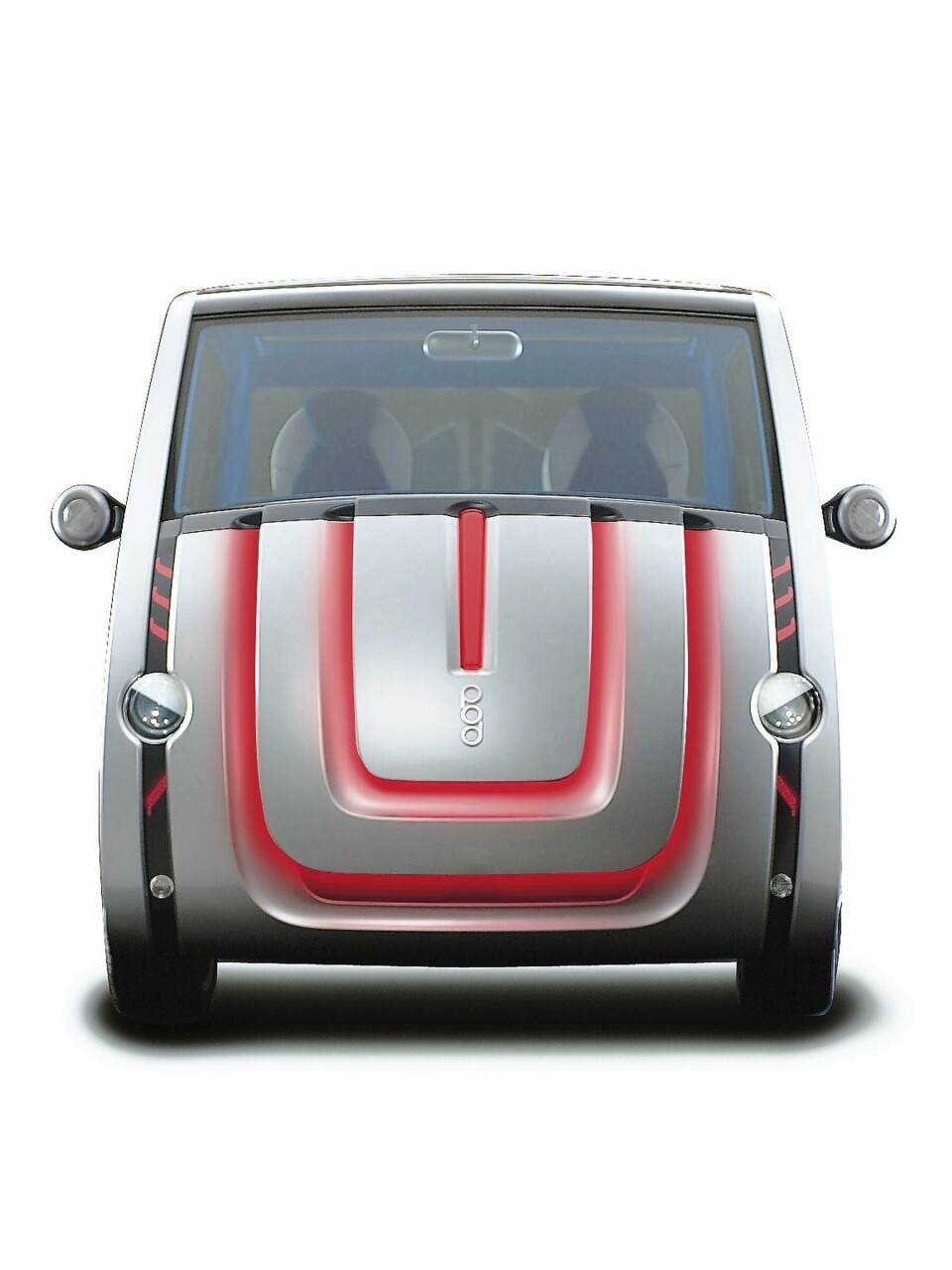
He joined the Toyota Motor Corporation in September 1994 within the advanced design department and married his Japanese wife in the same year. Early work included the original concept for the Funcargo and Scienta, the 2001 POD show car (with Sony) and the 2003 Scion ccX concept.
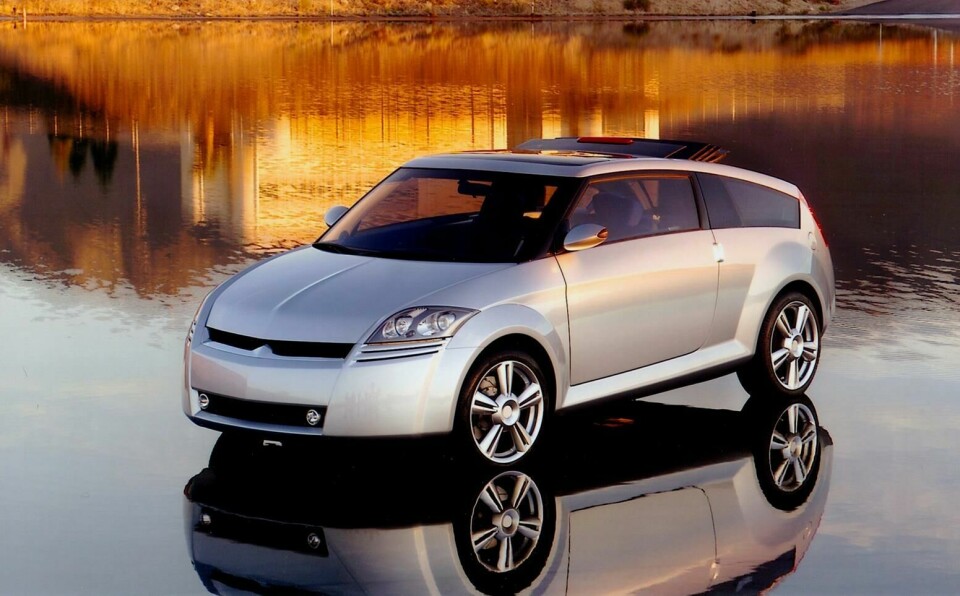
In the early 00s he also created the design directions for both Toyota (‘Vibrant Clarity’) and Lexus (‘L-finesse’). He gained promotion to general manager of the global design management division in January 2007 and in June 2011 became executive chief creative designer, Toyota Creative Studio. From 2012 he was promoted to general manager for the Toyota Design Division, responsible for roughly 100 different projects including the Harrier, Alphard, Camry, Supra, C-HR, Corolla, Century, RAV4, Noah and Japan Taxi. In July 2016 he spent 18 months as president of Toyota’s European ED2 studio in Nice, France before taking the top design job at the corporation – officially known as executive general manager, advanced R&D and engineering – and now oversees the design of all Toyota, Lexus and Toyota Auto Body vehicles.
Gallery of the 2001 Toyota Pod show car, a joint project with Sony
In an exclusive face-to-face chat, Car Design News discusses his career to date, how he navigates working in such a huge organisation and why the current Alphard is cool (and the Austin Allegro isn’t)…
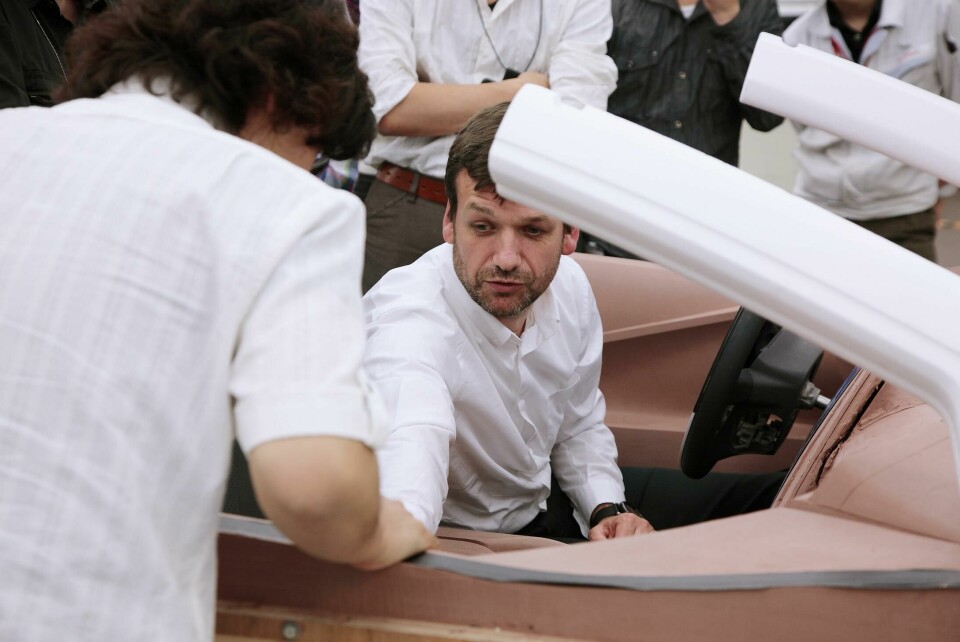
CDN: Toyota’s design structure has sometimes seemed somewhat mysterious. Who do you report to?
SH: Design in Toyota has always been directly linked to the vice president and then above him, but [current president] Toyoda-san is more hands-on than anybody before him. We meet a lot. The critical points in any project, are when you begin the direction and when you finish it. At those points, for every single vehicle, we’ll have a head-to-head.

Two years into your role is there a production car that fully bears your stamp, something you could really say was yours?
Nothing has come out yet, but by the end of 2020 or early 2021 you’ll start to see stuff coming through. Before I was in this position, I spent a year and a half at ED2 as president of European studio and before that five years as general manager of Toyota’s design division. So virtually all of the Toyotas running around now, in one way or another, I’ve been involved with. Roughly all the ‘future stuff’ at Toyota’s 2019 Tokyo motor show booth we did at ED2.
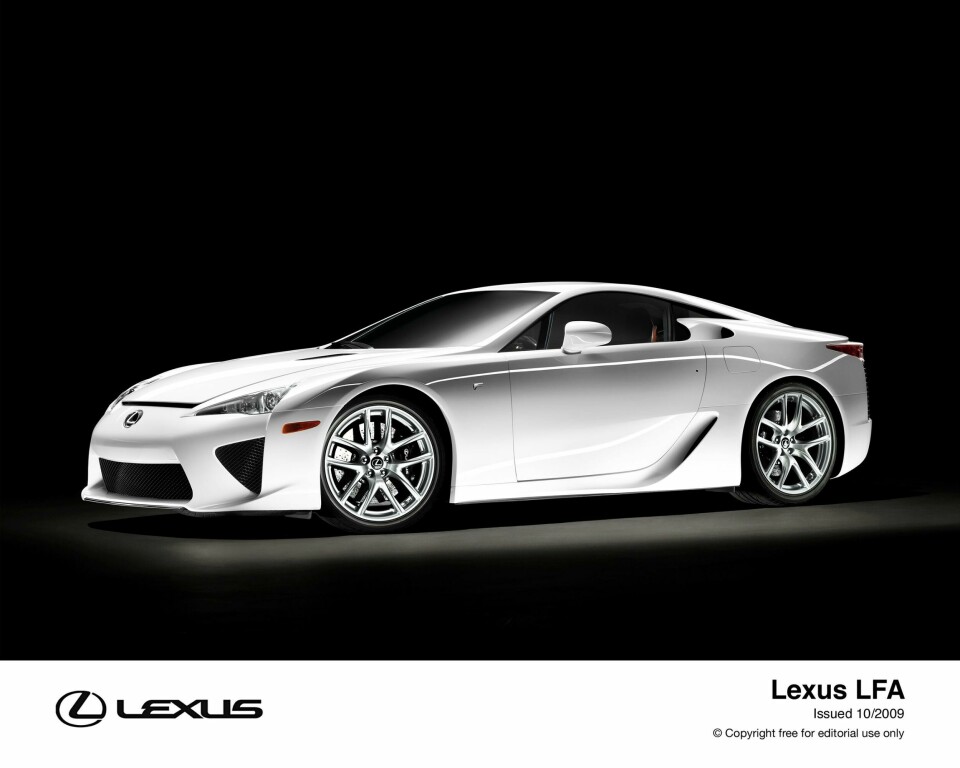
Lexus has seen big design changes in the last decade. How much were you involved and what’s next for the brand?
I worked on the turnaround of the brand in 2002 all the way to 2013. I proposed the spindle grille and the design direction and language that has become the Lexus you see today. We also made Lexus’s mission in life to redefine the segment. The styling is a little provocative, there are lots of ‘likes’ and ‘dislikes’ maybe, but that’s okay. We want to be on the avant garde side rather than the traditional side. What we’re going to do moving forward is take that provocativeness and try and make it even more beautiful. With beauty there are a lot of preconceptions or stereotypical things attached. If you do it the wrong way you can end up going backwards. That’s our challenge.
It’s tricky because the Lexus NX is very angular while the LC is more traditionally elegant. Do you want to move those poles closer?
I don’t want Lexus cars to be carbon copies of each other. We want the brand to have one taste and one belief, but each car should have its own value. It has to be that way otherwise you’re being dishonest to people. If you create a carbon copy of something, then which one is the real one?
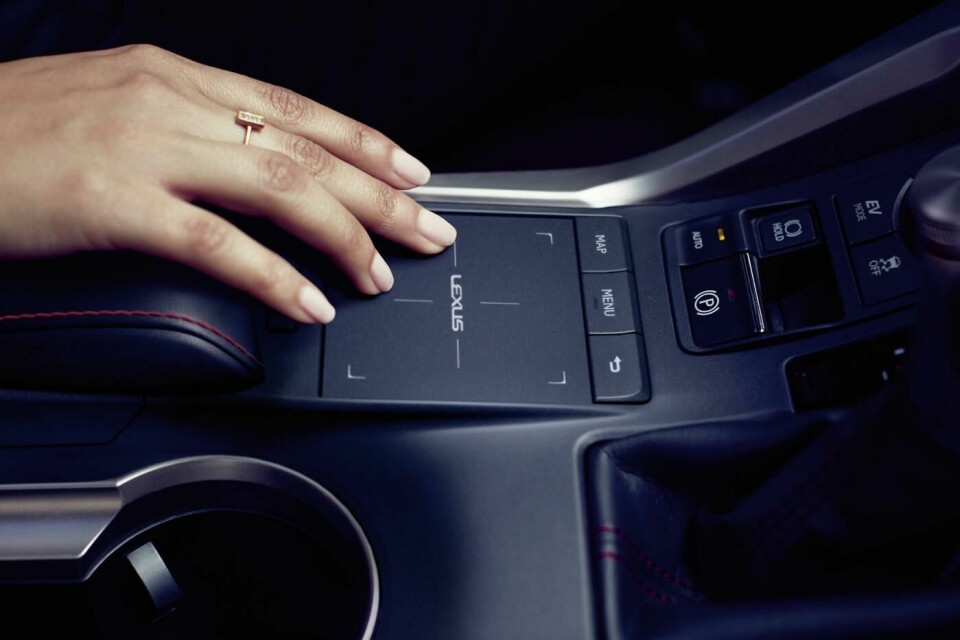
Your Lexus touchscreen trackpad is (almost) universally hated. Do you agree and are you trying to fix it?
We are going to fix it, but not with a trackpad. Toyota has an incredibly long history with ‘touch’. I think we were the first to do it actually. So that’s our strength and I think we should plug into that strength.
So can we look forward to the Lexus touchpad going away soon?
Yeah.
In terms of how design operates within Toyota, do you get involved in function as well as aesthetics and ergonomics?
At Toyota and Lexus the designers and engineers have always had a very close involvement. It may not feel that way from the outside looking in, but Toyota is a very ‘flat’ company. We have a concept phase during which we look at the vehicle’s packaging and layout and have the freedom to propose. We don’t have a trump card, but if we have a good enough idea, there are people who will listen.
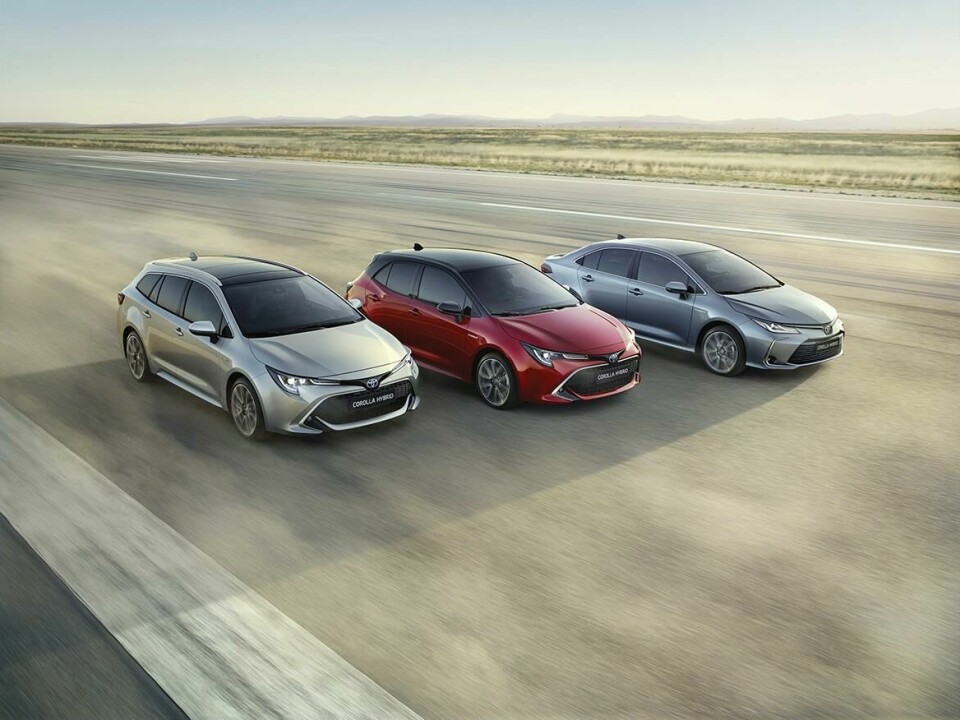
Historically I think Toyota’s design has been slightly schizophrenic. Some cars are logical and functional, others are wild flourishes. I know you don’t want carbon copies, but are you trying to rationalise a bit?
To a certain extent, but the strength of Toyota in some ways is its weakness as well. Europeans might say ‘you’ve got a 70-80 body types, that’s got to be a nightmare?’ But you’re never going to make all those vehicles look the same in a [Japanese] market where you have 50% share. In Europe our cars are all at a consistent level now. But Japan is about variety. In America, it’s about halfway between the two. There are similarities, but it’s not a rigid consistency. We’re trying to do brand identity in a different way. I don’t want to do it the European way. That works for the Europeans and for Lexus, but for Toyota, what’s the value? You buy a Toyota for you and you’re probably only going to buy one of them. So what I want to do with Toyota is ‘make the concept’. Look at the C-HR, you know what it’s all about. The concept is strong, it’s not a rehashed two-box, sedan or whatever else. And if the concept’s clear then you just marry the style to the concept. There’s no need for an Alphard or those type of MPVs to look anything like a C-HR.
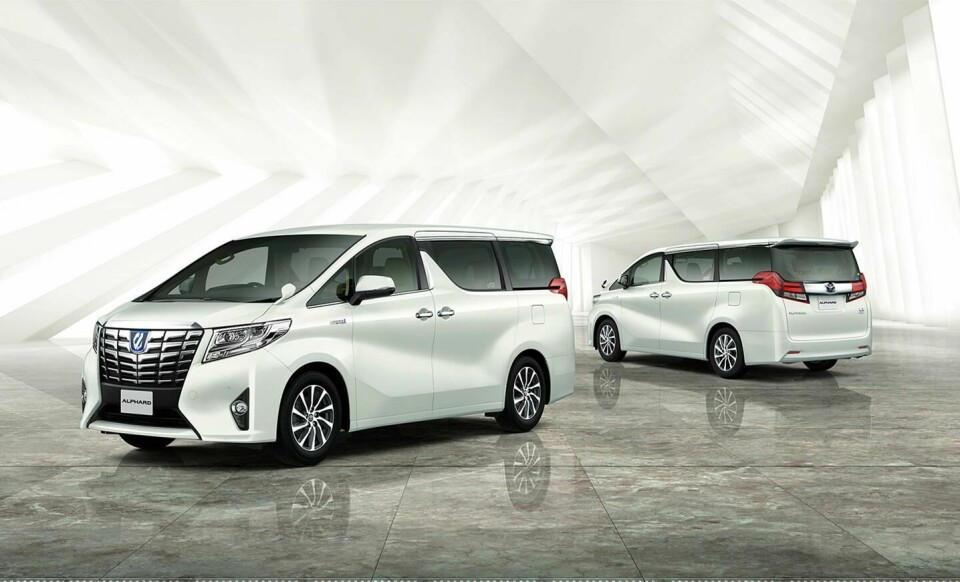
I’m all for a bold MPV but doesn’t the Alphard need to calm down design-wise? It’s very chrome-y (maybe I’m not the core customer!)
Exactly. There’s still a six-month waiting list on that car. I think we can be judgemental about other people’s tastes. If somebody wants it and they’re willing to pay for it, we’re happy.
Now you’re in charge of the look and feel of some 10m cars produced each year do you consider your job to be the toughest in car design?
[Laughs out loud] One thing that’s great about Toyota is that we have enough work. If you’re a designer, if you’re making stuff, the worst thing is when you’ve got no projects. So, yes, it’s the toughest job, but it’s also the best job.
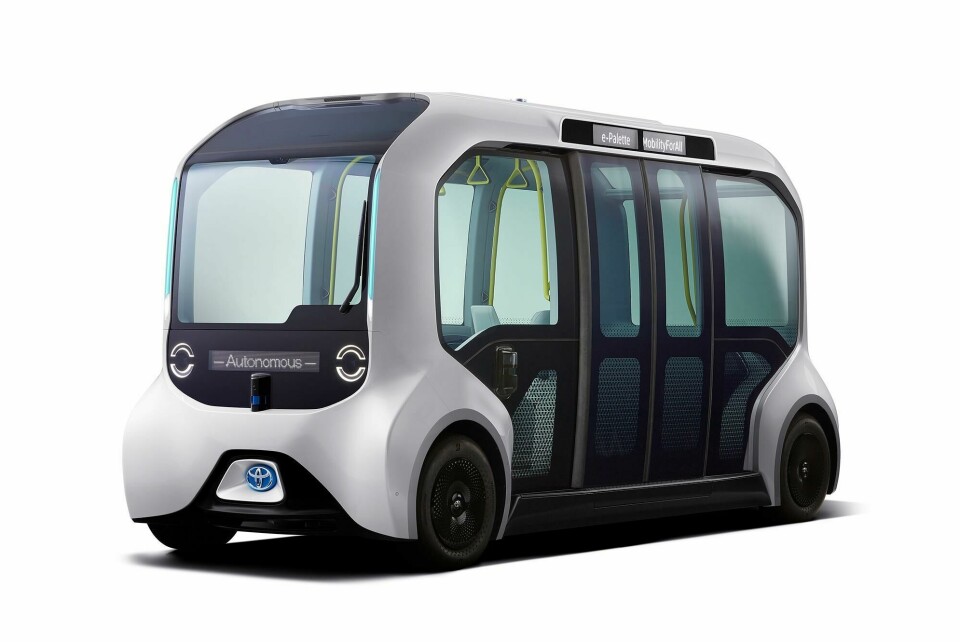
How many people do you have to help you globally?
We have about 1000, including model makers and designers. Designers alone, the figure is probably 500 to 600.
Where do they all work?
We have three bases in the US: CALTY Newport Beach, California, CALTY Ann Arbor, Michigan and CALTY San Francisco as well (there are only a few people at the latter). In Europe we’ve got Brussels, which is a production division and ED2, in Nice. Then we have Tokyo and the main office [Toyota city, 370 designers], Shanghai, China [10 people] and a couple of guys in Brazil and Bangkok. Every month I visit America, Europe or somewhere.
Presumably you don’t need more staff. But do you need different ones?
Design is changing. That’s one of the big challenges we’ve got now. We’re going to get more product and industrial designers. They’re an absolute necessity because of robotics and everything else coming.
What is on your design wish list? What needs fixing or improving?
The biggest thing is to prepare ourselves for the future. This is a once in a 100-year flux. I honestly believe that. Up until now, if you made passenger cars, you made passenger cars and people who made trucks, made trucks. Within the next few years we’re going to see those boundaries blur.
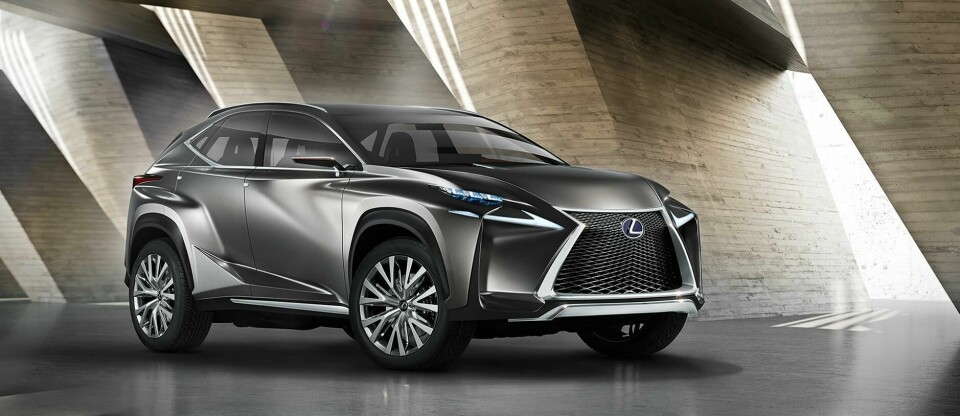
Are you working with any business partners outside of Toyota?
We’re doing stuff with JAXA [the Japanese equivalent of NASA] on fuel cell technology for a Land Cruiser for the moon. That’s an extreme example, but everything is changing. And once those boundaries do change, we’ll need a different set of designers. There’s a lot more emphasis on designers coming up with business models too.
Do you think that mindset has been slightly lacking historically within the car design world?
One of the troubles some designers have is fixating on the product itself and not the person who’s going to buy it. Or on the situation that surrounds it. I like to think about solving problems, I think that’s what a designer should do.
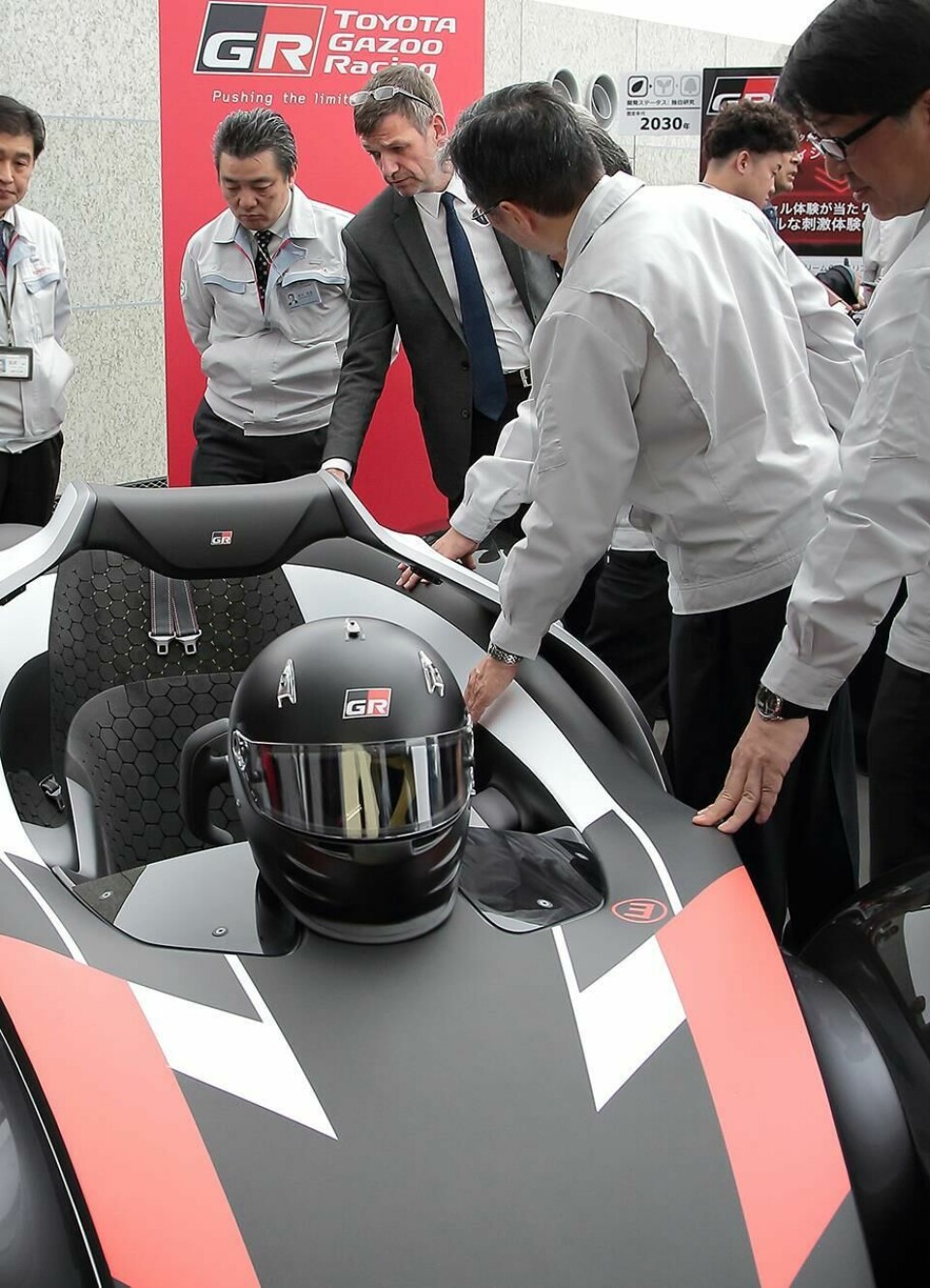
Do you think industrial designers are better at that than car designers?
I think they are. Because they’re trained to do so. At the first company I worked for, the first project was a train, the next was a screwdriver and the third was a hospital bed. So you’ve got to somehow think about all those things. In the car industry it’s a little different. You’re literally focusing more and more on the same point. Maybe it’s a good thing right now not to be a traditionalist. I hope I can make a positive contribution because of that.

Who in your opinion is doing a good design job, beyond Toyota?
Maeda-san at Mazda, he has a very clear image of what he wants to do. I think Volvo is doing a good job too.
What are your hobbies or pursuits away from work?
Carpentry and recently on a bigger scale, the restoration of a 100 year-old Japanese wooden house that belonged to my wife’s family. Another problem to occupy the mind helps me forget the multitude of others. I also did Aikido for 15 years – I have a black belt – but the knees are knackered now, so that’s the end of that.
Two final questions: Which car did you wish you’d designed?
Among our brands it would be the Lexus LF-A. I’d have loved to have done that car. It’s fantastic.
…And which car are you glad you didn’t?
The Austin Allegro hatch. Or the Morris Marina, as there’s no one there to come back at me!



